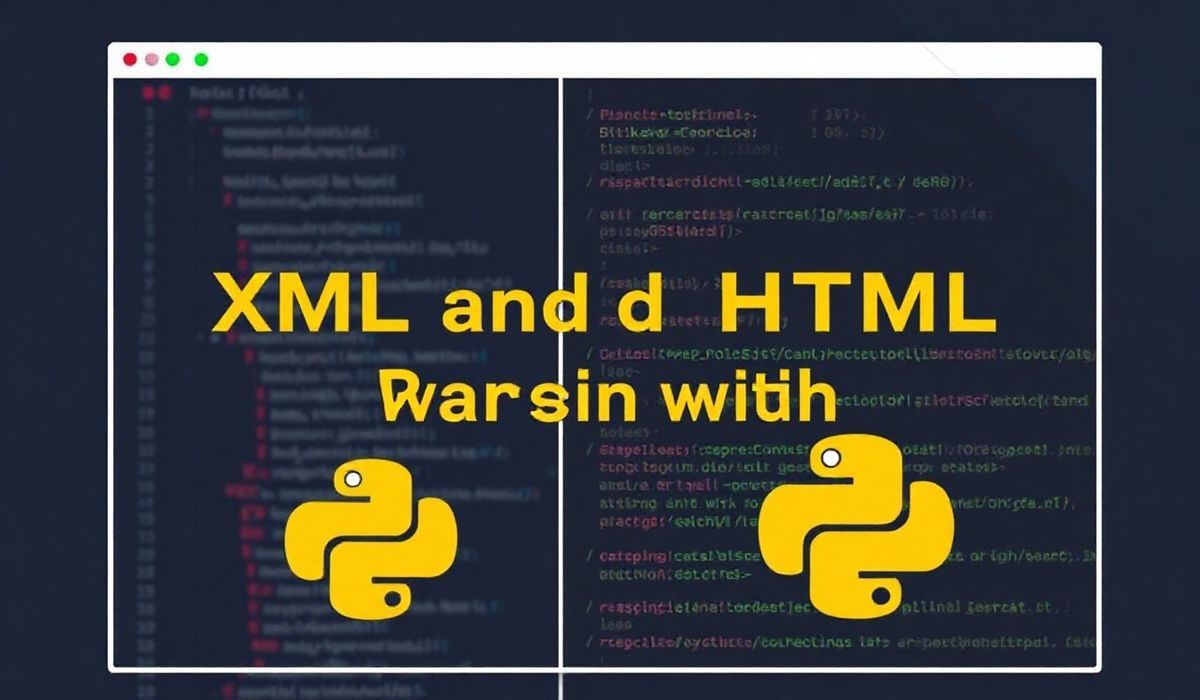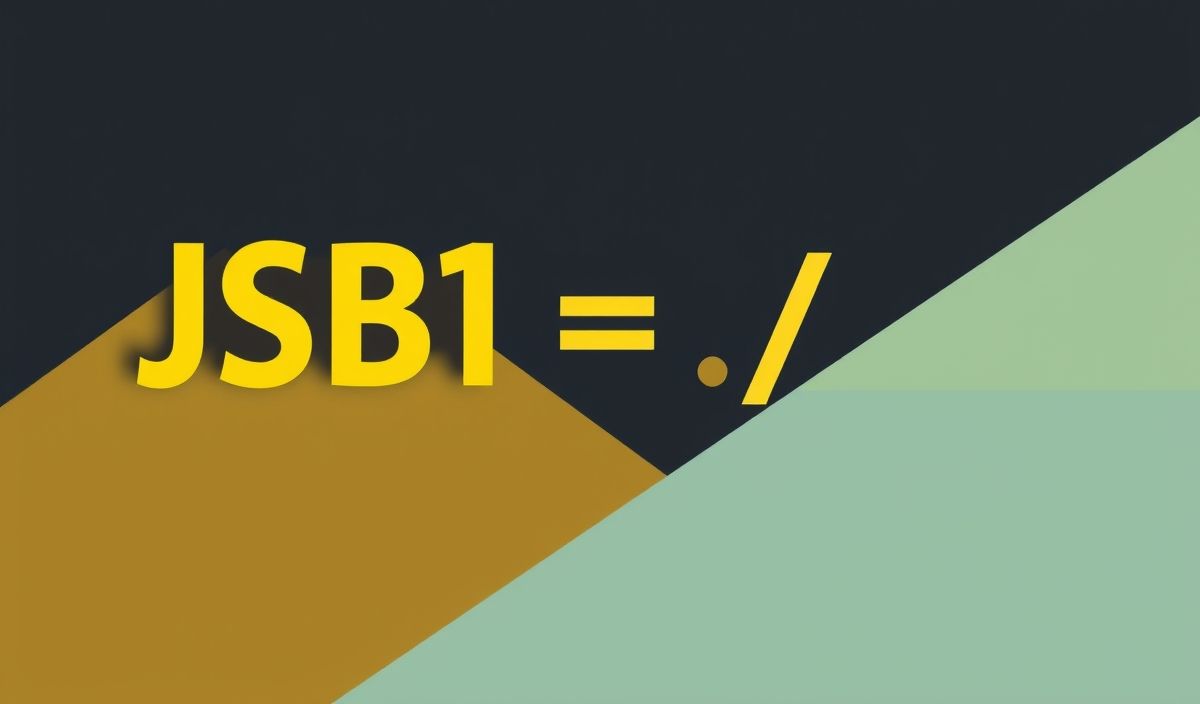Mastering the lxml Python Library for Powerful XML and HTML Parsing
The lxml library is a highly efficient and feature-rich Python library for processing XML and HTML documents. It combines the speed and XML capabilities of libxml2 with the convenience of a Pythonic API. In this blog post, we will delve into lxml, explain its core APIs, and provide numerous code examples to help you get started. Additionally, we’ll build a real-world application using these APIs for a practical understanding of the library’s capabilities.
Key Features of lxml
- Efficient and Pythonic XML/HTML parsing and generation.
- Full support for XPath and XSLT.
- Complete compatibility with
ElementTree. - Integration with external XML libraries like
libxml2andlibxslt.
Installation
You can install lxml using pip:
pip install lxml
Working with XML
1. Parsing XML Files
Parse an XML document and access its elements:
from lxml import etree
xml_data = '''<root>
<child name="child1"/>
<child name="child2"/>
</root>'''
tree = etree.fromstring(xml_data)
for child in tree:
print(child.tag, child.attrib)
2. Creating XML Documents
Generate XML documents programmatically:
from lxml import etree
root = etree.Element("root")
child1 = etree.SubElement(root, "child", name="child1")
child2 = etree.SubElement(root, "child", name="child2")
print(etree.tostring(root, pretty_print=True).decode("utf-8"))
3. Using XPath Queries
Extract elements using XPath:
from lxml import etree
xml_data = '''<root>
<child name="child1"/>
<child name="child2"/>
</root>'''
tree = etree.fromstring(xml_data)
result = tree.xpath("//child[@name='child1']")
print(result[0].tag, result[0].attrib)
4. Applying XSLT Transformation
Transform XML using XSLT:
from lxml import etree
xml_data = '''<root>
<message>Hello World!</message>
</root>'''
xslt_data = '''<xsl:stylesheet version="1.0" xmlns:xsl="http://www.w3.org/1999/XSL/Transform">
<xsl:template match="message">
<greeting><xsl:value-of select="."/></greeting>
</xsl:template>
</xsl:stylesheet>'''
xml_tree = etree.fromstring(xml_data)
xslt_tree = etree.fromstring(xslt_data)
transform = etree.XSLT(xslt_tree)
result_tree = transform(xml_tree)
print(etree.tostring(result_tree, pretty_print=True).decode("utf-8"))
Working with HTML
The lxml library makes parsing and manipulating HTML a simple task:
1. Parsing HTML
Use the html module for parsing:
from lxml import html
html_data = '''<html>
<body><p>Hello, World!</p></body>
</html>'''
tree = html.fromstring(html_data)
paragraph = tree.xpath("//p")[0]
print(paragraph.text)
2. Cleaning HTML
Remove unwanted tags using lxml.html.clean:
from lxml.html.clean import Cleaner
html_data = '''
<div><script>alert("Hello")</script>
<p>Content</p></div>'''
cleaner = Cleaner(javascript=True, style=True)
cleaned_html = cleaner.clean_html(html_data)
print(cleaned_html)
Real-World Application: XML-to-HTML Converter
Here is an example application that reads an XML file and converts it into an HTML table.
from lxml import etree, html
xml_data = '''<root>
<item><name>Item1</name><price>10</price></item>
<item><name>Item2</name><price>20</price></item>
</root>'''
tree = etree.fromstring(xml_data)
table = etree.Element("table")
for item in tree.xpath("//item"):
row = etree.SubElement(table, "tr")
name = etree.SubElement(row, "td")
name.text = item.findtext("name")
price = etree.SubElement(row, "td")
price.text = item.findtext("price")
print(html.tostring(table, pretty_print=True).decode("utf-8"))
lxml is a powerful library for handling XML and HTML in Python. With its extensive API and integration with external libraries, it is a must-know for developers working with structured data formats. Whether you’re parsing website data or transforming XML, lxml has you covered!




